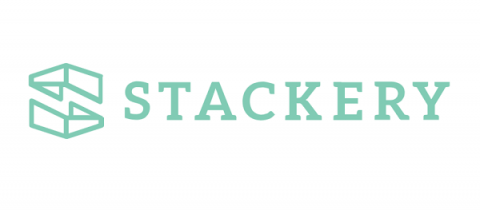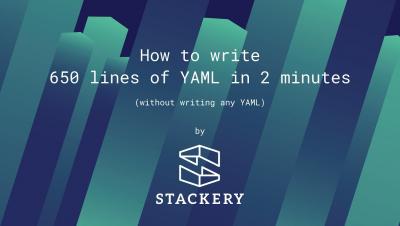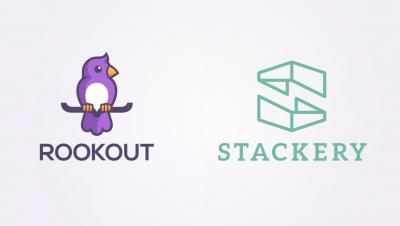Operations | Monitoring | ITSM | DevOps | Cloud
Stackery
Lambda Layers & Runtime API: More Modular, Flexible Functions
Lambda layers and runtime API are two new feature of AWS Lambda which open up fun possibilities for customizing the Lambda runtime and enable decreased duplication of code across Lambda functions. Layers lets you package up a set of files and include them in multiple functions. Runtime API provides an API for interacting with the Lambda service function lifecycle events which lets you be much more flexible about what you run in your Lambda.
PHP on Lambda? Layers Makes it Possible!
AWS’s announcement of Lambda Layers means big things for those of us using serverless in production. The creation of set components that can be included with any number of Lambdas means you no longer have to zip up your application code and all its dependencies each time you deploy a serverless stack. This allows you to include dependencies that are much more bespoke to your particular serverless environment.
Stackery Company Introduction
How Benefit Cosmetics Uses Serverless
Founded by twin sisters in San Francisco well before the city became the focal point of tech, Benefit has been a refreshing and innovative answer to cosmetics customers for over 40 years. The company is a major player in this competitive industry, with a presence at over 2,000 counters in more than 30 countries and online. In recent years, Benefit has undergone a swift digital transformation, with a popular eCommerce site in addition to their brick-and-mortar stores.
GitHub Actions: Automating Serverless Deployments
The whole internet is abuzz over GitHub Actions, if by ‘whole internet’ you mean ‘the part of the internet that is obsessed with serverless ops’ and by ‘abuzz’ you mean ‘aware of‘. But Actions are a bit surprising! GitHub is a company that has famously focused on doing a single thing extremely well. As the ranks of developer-tooling SaaS companies swells by the day, you would think GitHub would have long ago joined the fray.
Add a VPC to a serverless app in 2 minutes
Building Slack Bots for Fun: A Serverless Release Gong
We have a running joke at Stackery regarding our tiny little gong that’s used to mark the occasion when we get a new customer. And while I’m all about the sales team celebrating their successes (albeit with a far-too-small gong), I felt like the dev team needed its own way to commemorate major product releases and iterations.
AWS ReInvent: Serverless, Stackery, and Corey Quinn of LastWeekInAWS
Welcome savvy builder. If you’ve made it to our corner of the Internet and headed to re:invent, you are in the right place. We want you to leave Las Vegas with the savvy to choose how and when to apply the growing menu of serverless capabilities to your initiatives. To help you, we’re sending our serverless-first engineers to Las Vegas with three goals.






